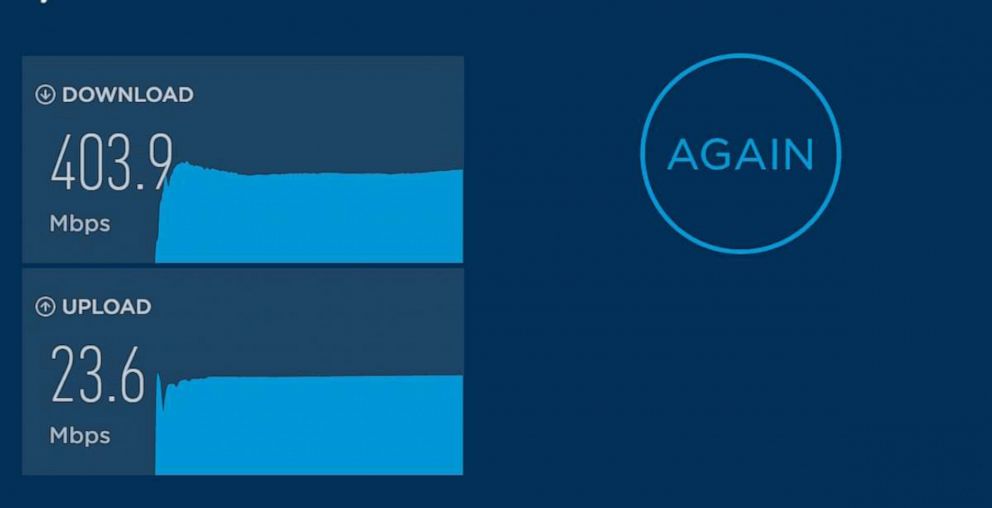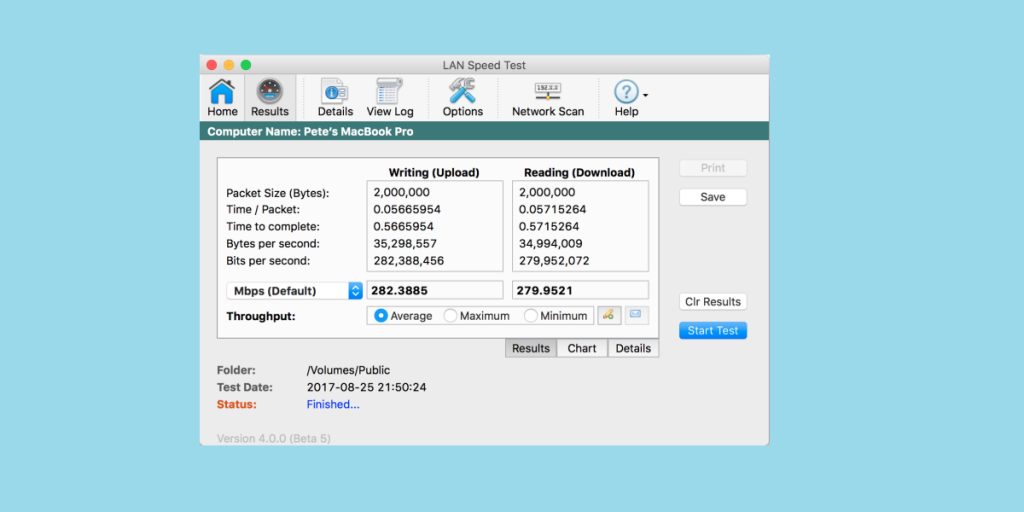


You’ll, of course, need a switch that can also handle 10GBe, but as you can see from the chart, the transfer speed is 10 times faster than what most people use right now. If you have a gigabit ethernet card on your computer, your router or switch is gigabit and the receiving device also has a gigabit ethernet card, your max transfer speed jumps to a much better 1000 Mbps or 125 MBps (125 megabytes per second).Īgain, you won’t get that theoretical speed, but you should be getting anywhere from 70 to 115 MBps depending on the type of files you are transferring and your network setup.įinally, the latest devices are upgradeable with 10GBe network cards. Note that even if your computer has a gigabit ethernet card, you won’t get those higher transfer speeds unless all the devices that the data is being transmitted through support gigabit. If you are getting something really low like 1 MBps or less, there are reasons for that which I will mention below. You’ll probably end up somewhere around 4 to 8 MBps.

This means that if you don’t have a gigabit router or switch and gigabit network card on your computers or NAS, the maximum speed you’ll be able to transfer a file across your home network is 12.5 MBps.Īlso, in the real world, it’s impossible to actually get that theoretical maximum. It’s much easier to convert to MBs since that is something we are all familiar with rather than bits. That is translated into 12.5 megabytes per second ( MBps or MB/s). There is standard 100 Mbps ethernet, which is what most people have at home.


 0 kommentar(er)
0 kommentar(er)
